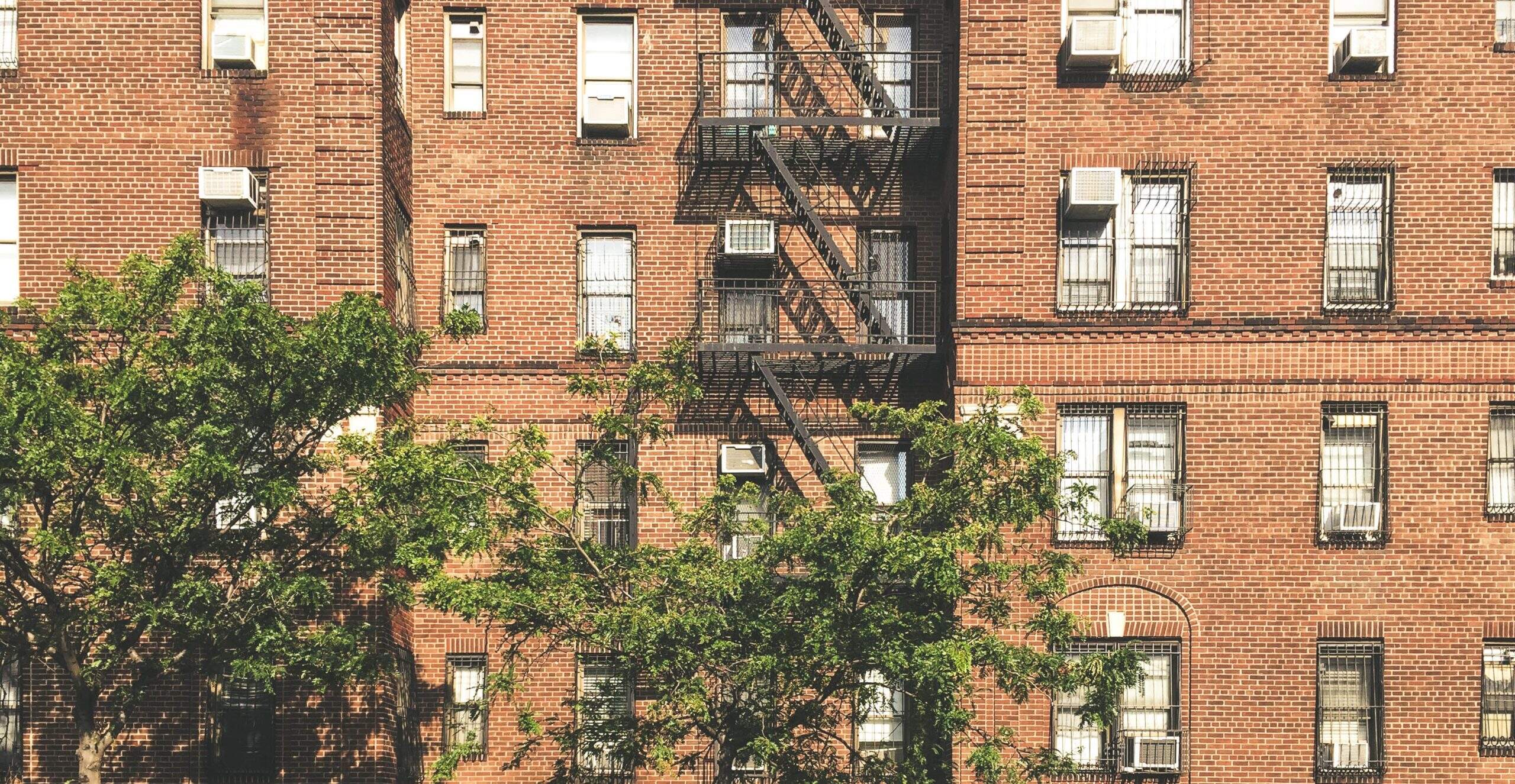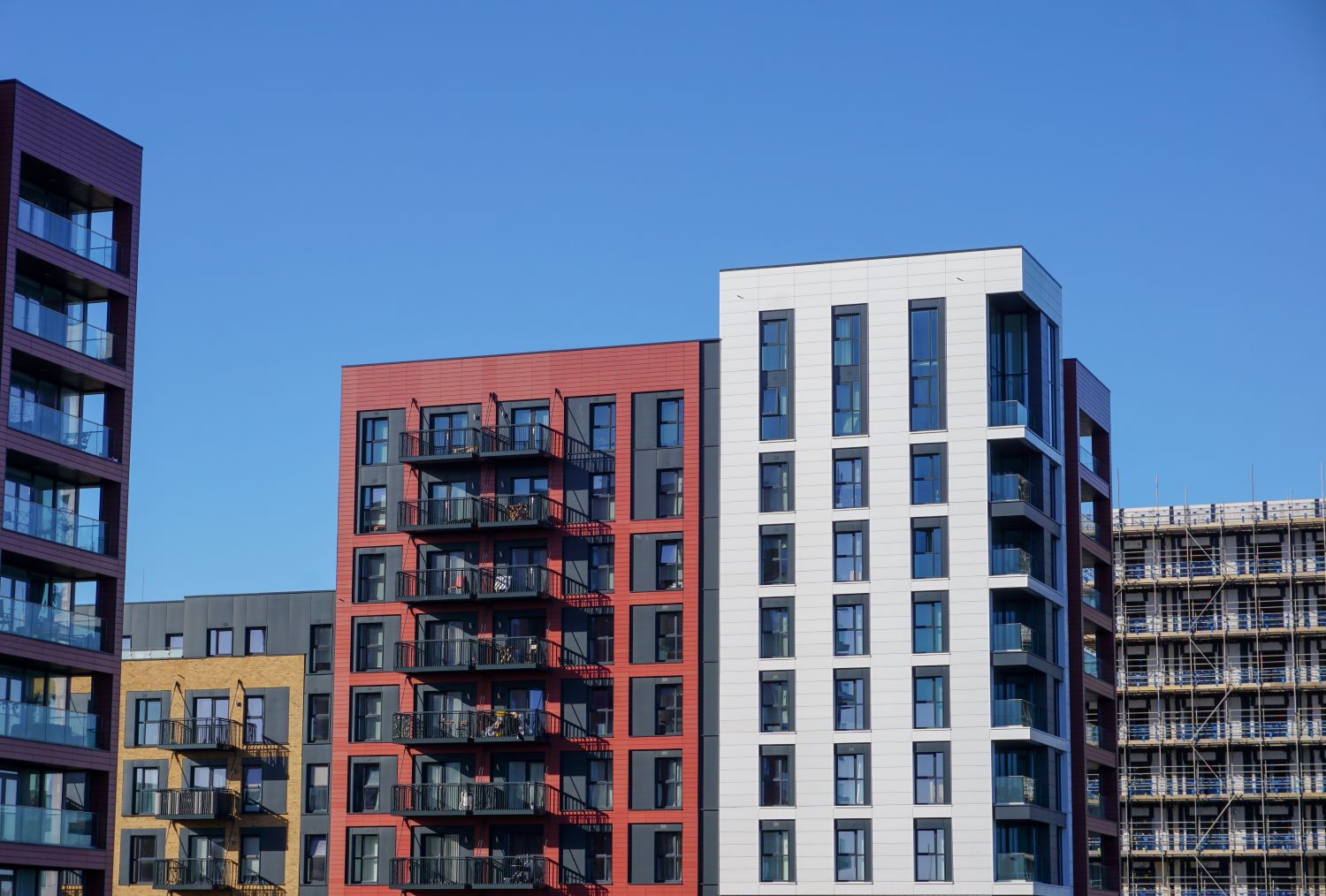Whilst the Building Safety Act 2022 (BSA) came into effect in April 2022, there are a number of measures introduced that have no case law in relation to them to act as a point of reference. An example of this is Building Liability Orders, which were designed to identify and extend liability to parties responsible for building safety failures. However, we now have our first bit of case law following the verdict in the case of 381 Southwark Park Road RTM Company Ltd and others v Click St Andrews Ltd and another company [2024].
What are Building Liability orders?
Historically it wasn’t uncommon for developers to setup a subsidiary ‘shell’ company for the purpose of carrying out particular projects. Once the work was complete the companies were usually wound up, which would make it practically impossible to recover any money from the shell company if a claim was needed to be made against them. Business Liability Orders were brought in to address this, as it provides the High Court with the ability to grant an order that extends the liability of one corporate organisation to an ‘associated’ corporate organisation.
Case background
381 Southwark Park Road RTM Company Ltd and others v Click St Andrews Ltd (in liquidation) and another company [2024] related to a residential block in London. The developer, who owned the freehold and head lease, made an agreement with the RTM company to add an extra storey and also agreed to sell the freehold to the RTM company, whilst lease backing the three units being added within the new storey. There was also a second company who guaranteed the developer’s obligations, acting as a guarantor.
The work to add the new storey to the block required the roof to the building to be removed, and the roof space was not kept watertight during the works, leading to water ingress as a result of heavy rainfall. This caused damage to other flats within the block, which the developer failed to successfully fix, and structural and fire safety defects were also identified in the construction of the units within the new storey. Due to this the RTM company, with a number of leaseholders, brought claims under the Defective Premises Act 1972 for a building liability order under the BSA, as the developer had become an insolvent company in liquidation. Further claims for breach of covenant, breach of agreement, and claims of nuisance and negligence were also made against the developer.
The decision
Pursuing service charge arrears can be time-consuming and legally complex, requiring a deep understanding of leasehold law and best practices, which is where Brady Solicitors can help.
As specialists in service charge recovery, we act swiftly on behalf of clients to recover outstanding arrears efficiently. We assist with the recovery of arrears, and partner with managing agents to make sure effective and efficient credit control processes are in place. We can provide specialists training to aid service charge budget management, to prevent future arrears building up. The High Court found that the flawed works did amount to a building safety risk, which was therefore classed as a ‘relevant liability’ under the BSA. This meant the RTM company and leaseholders were able to seek a building liability order against the parent company guarantor for the developer, which was subsequently granted in the RTM company’s favour at a separate hearing.
Due to the RTM company acquiring the freeholder for the property they were entitled to recover individual leaseholders’ losses for breach of covenant from the developer and its parent company.
The building liability order could not be pursued under the Defective Premises Act 1972, which could only be applied to the remediation works done by the defendant. However, as the structural and fire safety defects were found to be a ‘building safety risk’ establishing a ‘relevant liability’ for purposes of the BSA, a further hearing resulted in a building liability order being made against the second defendant (the parent company).
The developer was found to have not made adequate protection against rainfall, even of a normal level, and had therefore breached its contractual obligation to carry out works in a good and workmanlike manner, and to use reasonable endeavors to repair loss and damage. Additionally, the developer was found to have been in breach of the quiet enjoyment covenant, as they had failed to rectify the damage.
As a building liability order had been granted, the High Court found that the second defendant was liable to pay the RTM company damages that were incurred as a result of the developer’s breaches.
Summary
This is a significant decision in relation to the BSA, as the first in the High Court to find that a developer’s defective works and breaches had resulted in a building safety risk, which created a relevant liability, enabling the RTM company to successfully gain a building liability order. Additional significance is given to the verdict due to the BSA wording providing courts with a broad jurisdiction when deciding whether to make a building liability order, so it is extremely likely this verdict will be referenced within future similar cases.
It is very important for all parties involved in leasehold property to be aware of the verdict in this case, and the process involved in reaching it, as it is the start of a body of case law that will likely be referred to within future BSA and building liability order cases. However, the level of importance given to the case will depend upon whether the same approach is taken in future BSA cases.




